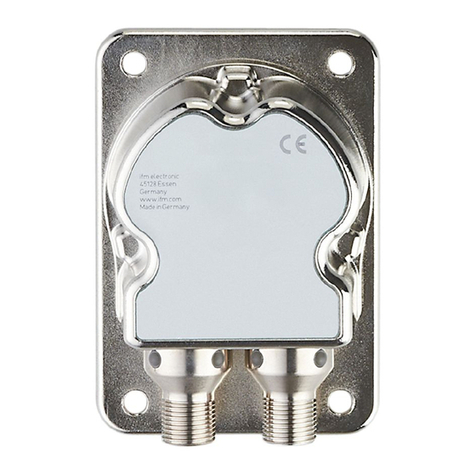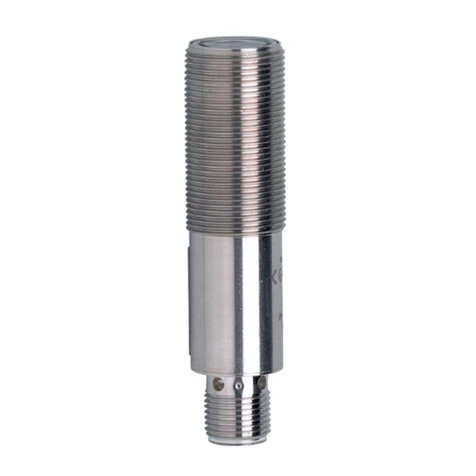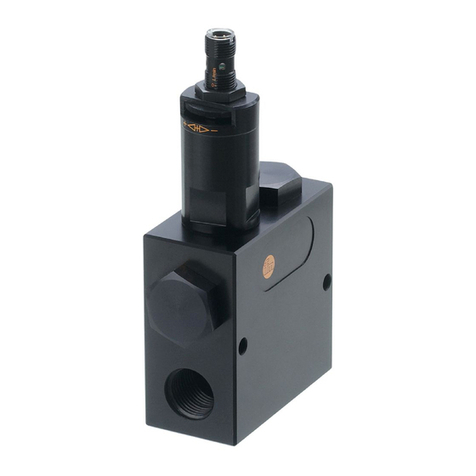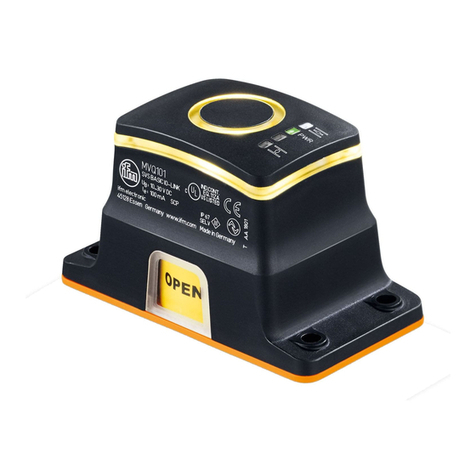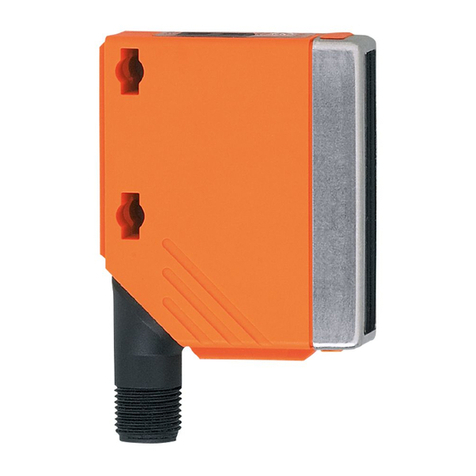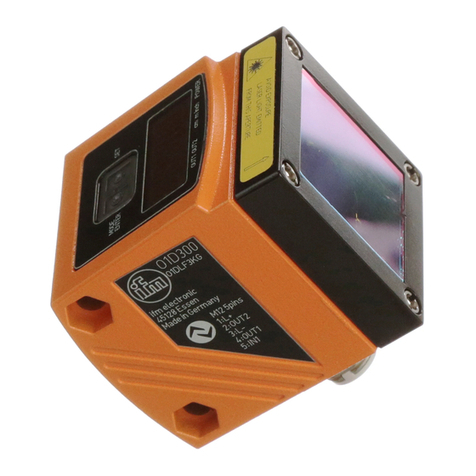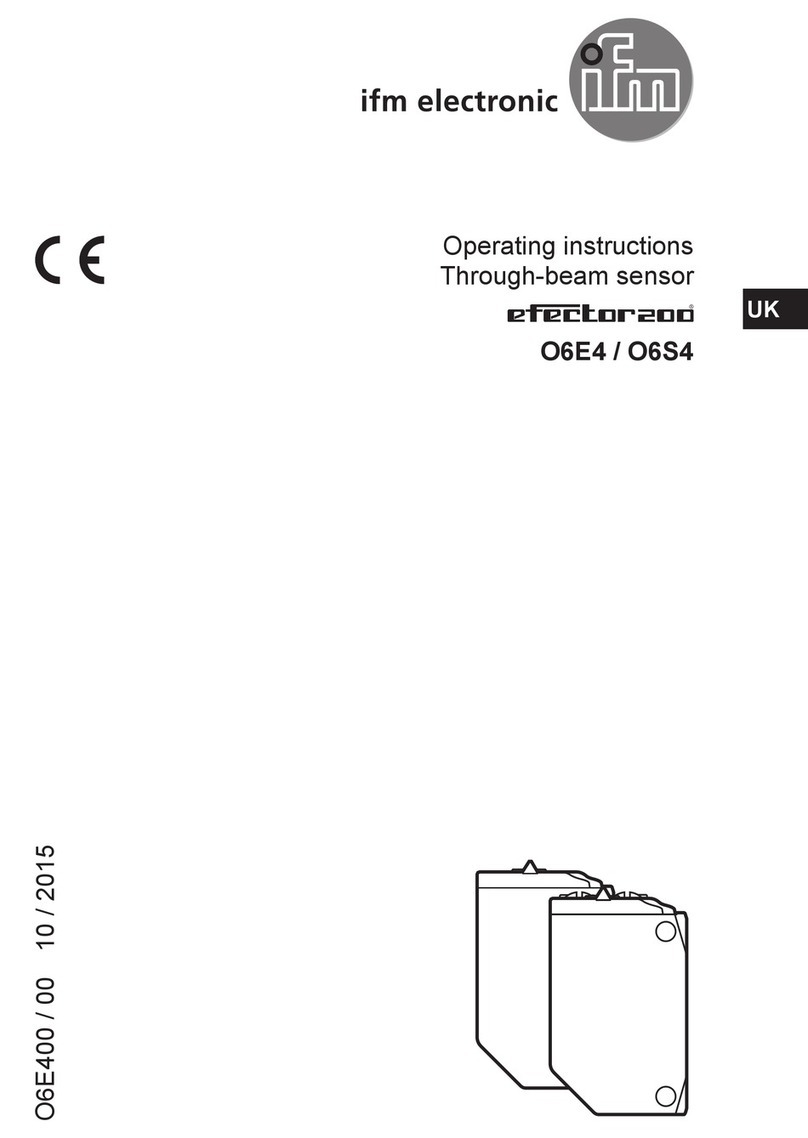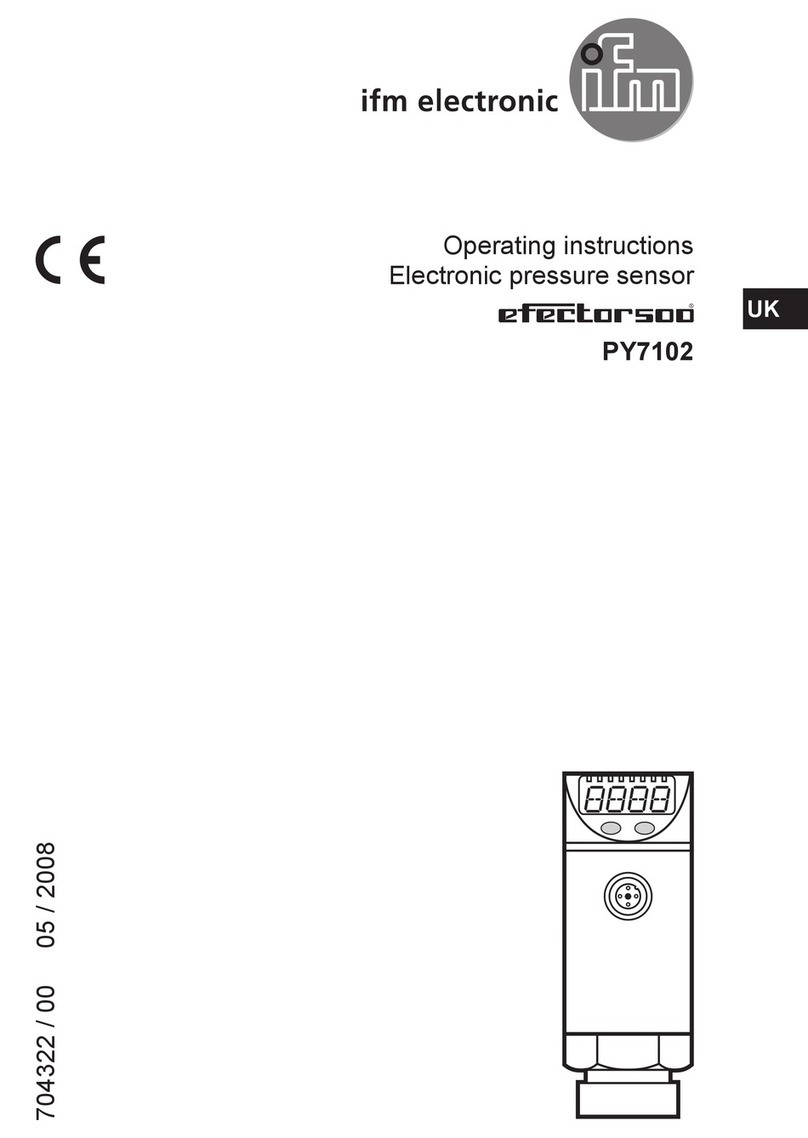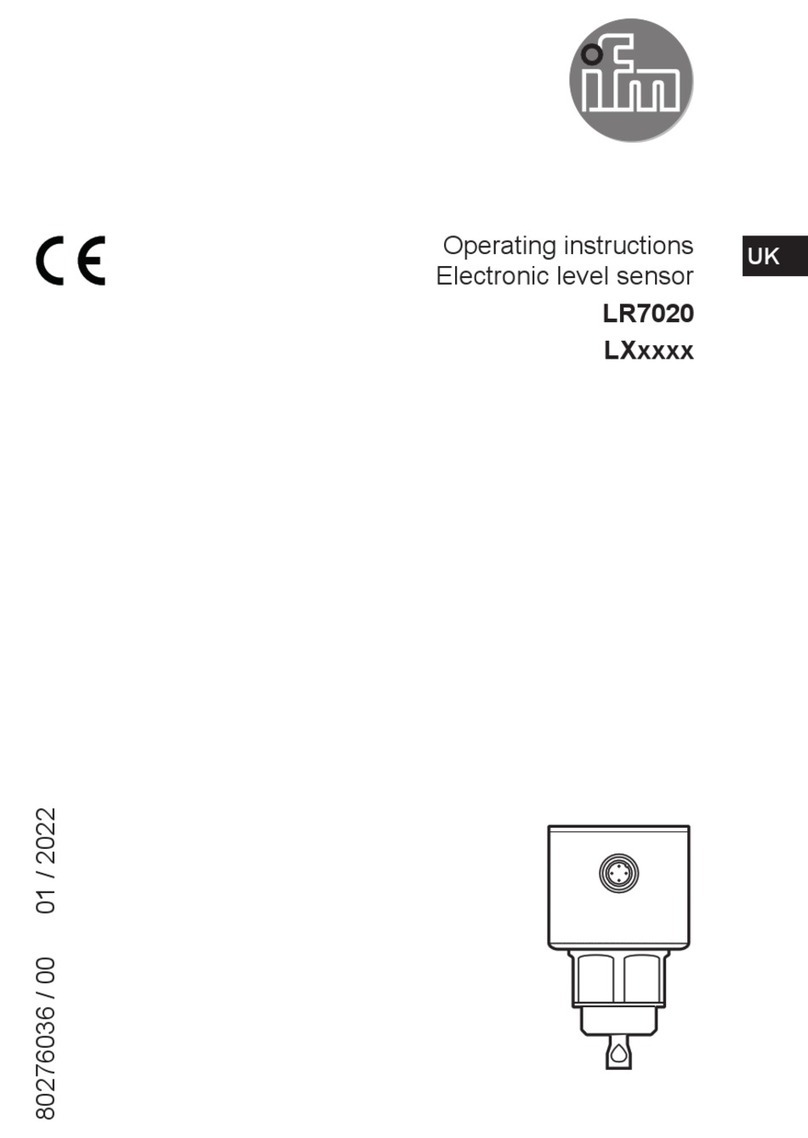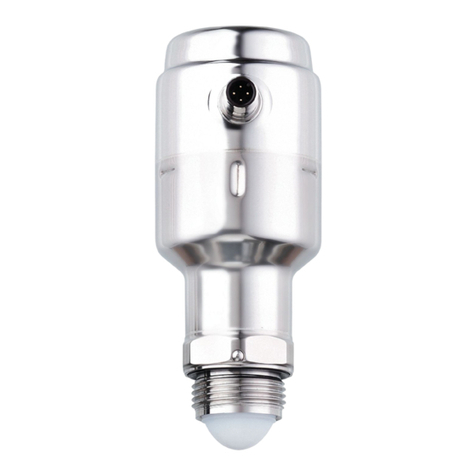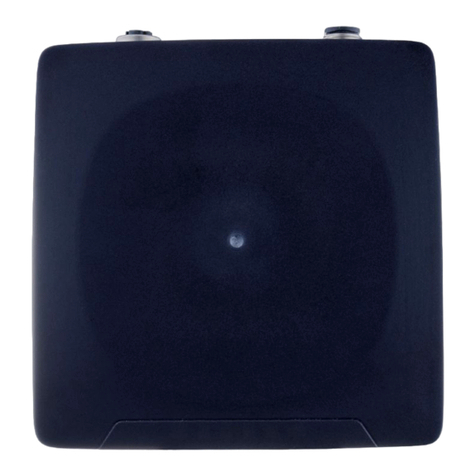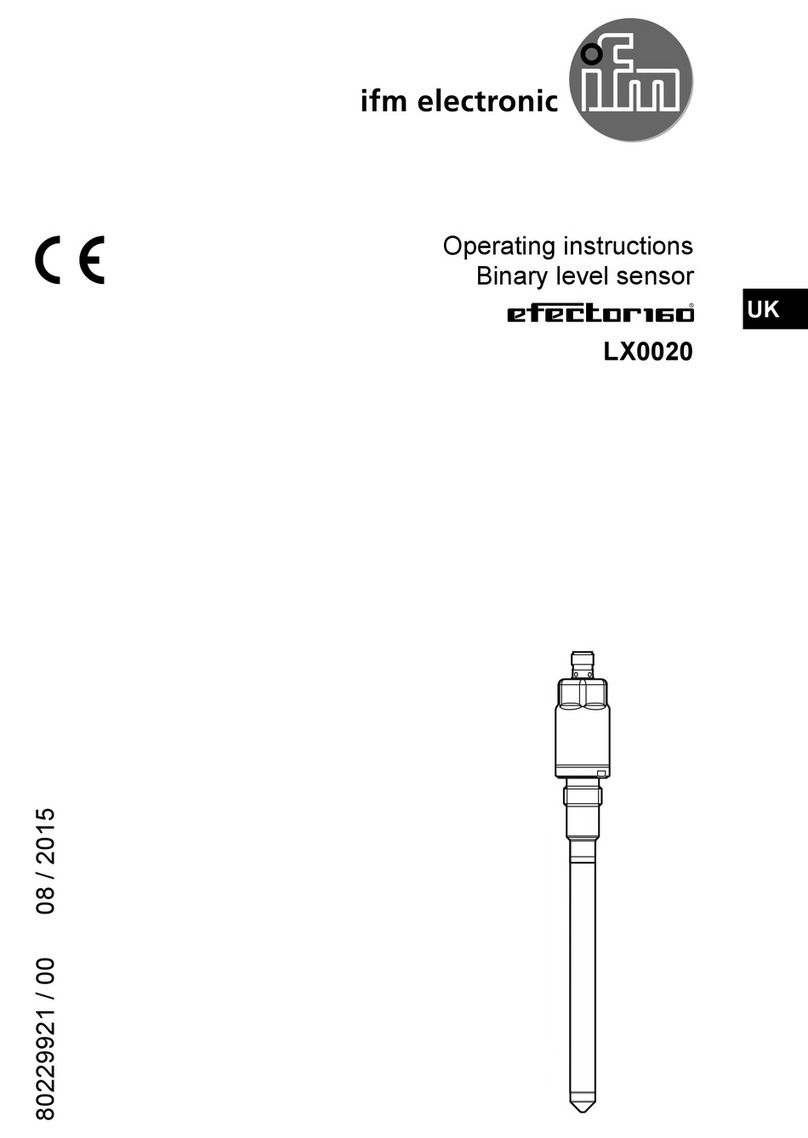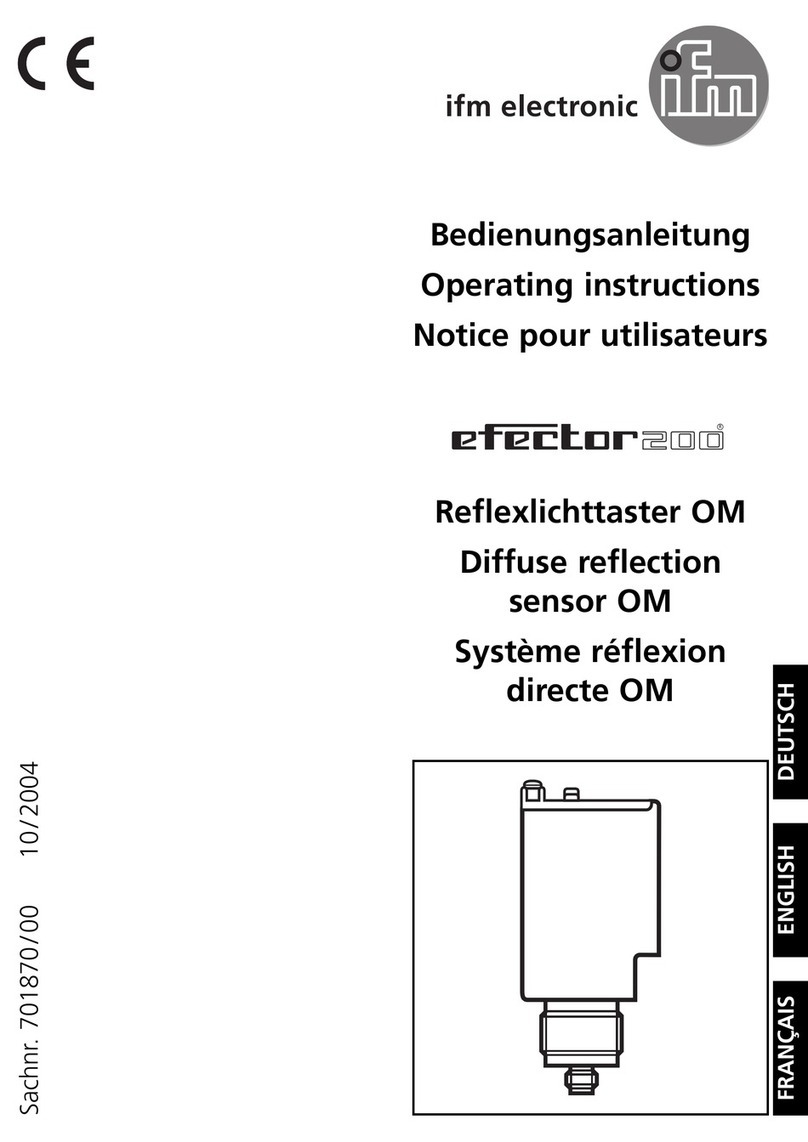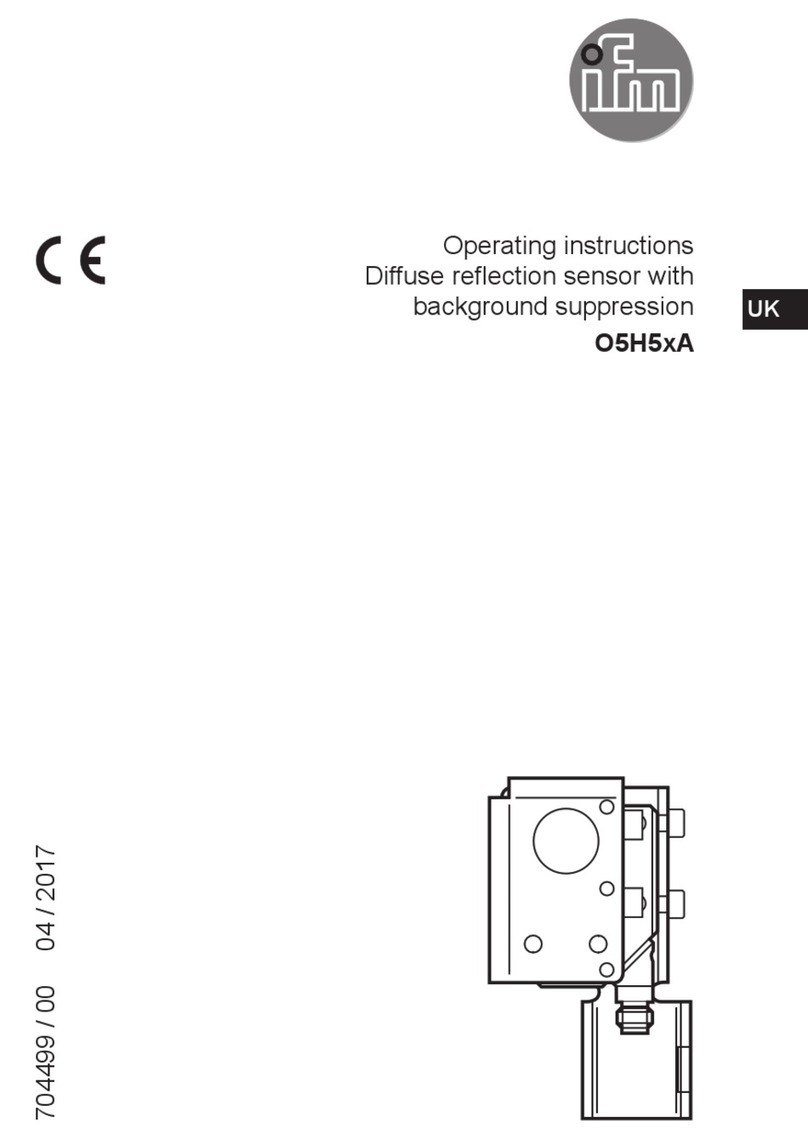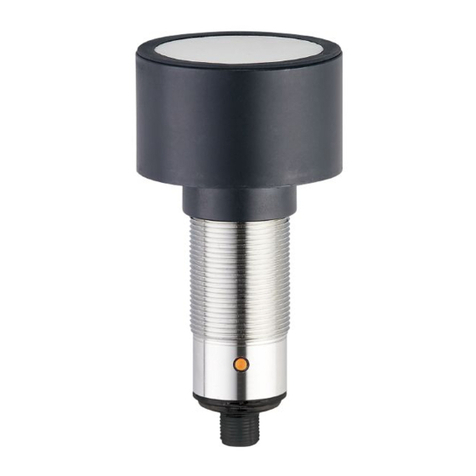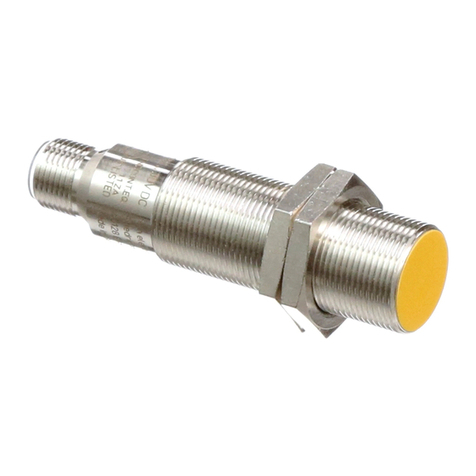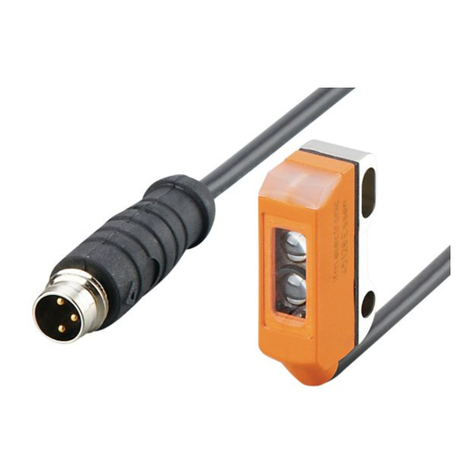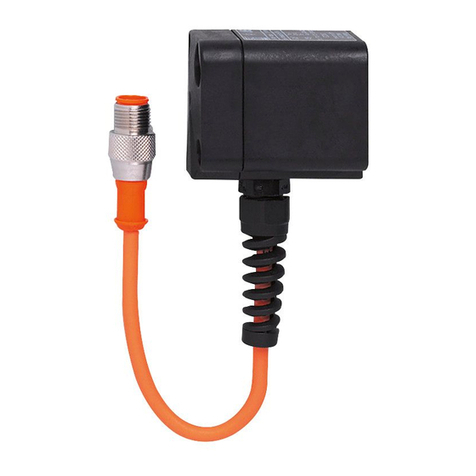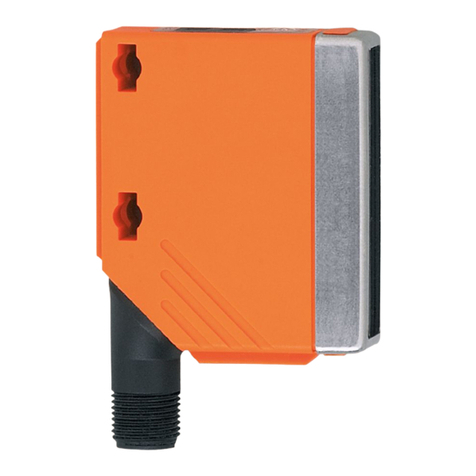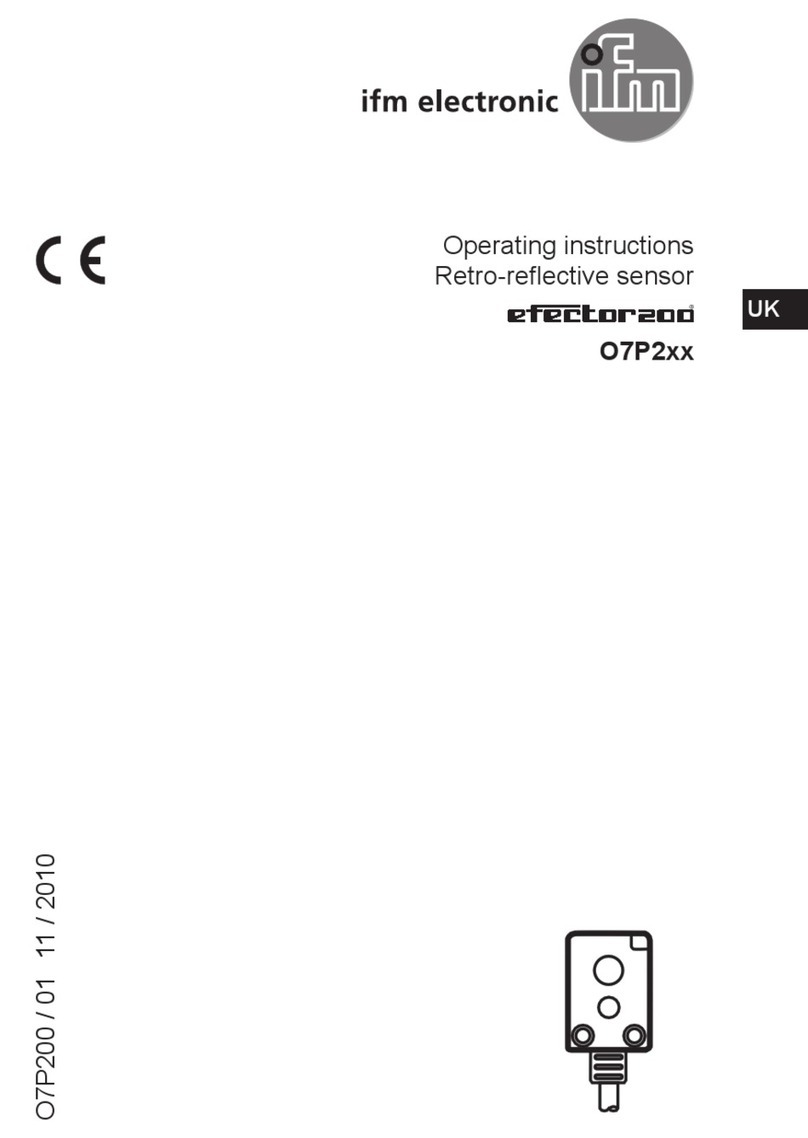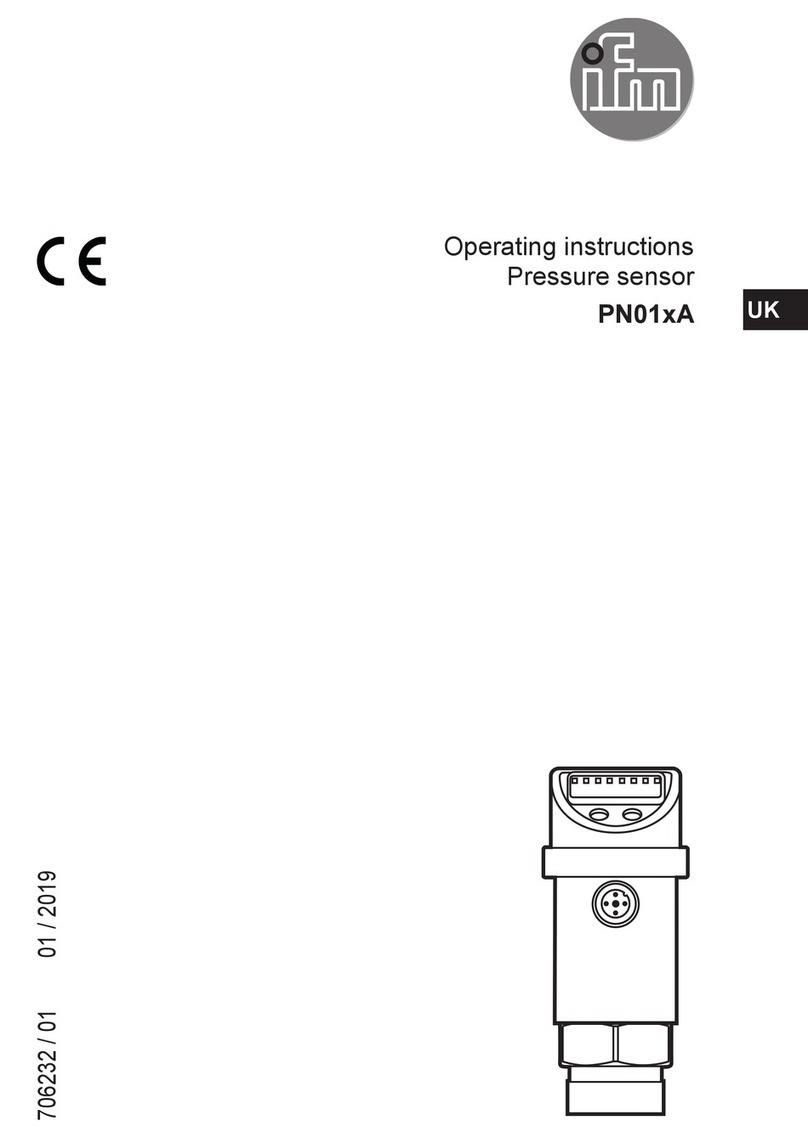
LW2720 Electronic level sensor
2
Contents
1 Preliminary note.............................................................. 4
1.1 Symbols used........................................................... 4
1.2 Warnings used.......................................................... 4
2 Safety instructions............................................................ 5
3 Intended use ................................................................ 6
3.1 Application area......................................................... 6
3.1.1 Application examples.................................................. 6
3.2 Restriction of the application area ........................................... 7
4 Items supplied ............................................................... 8
5 Function.................................................................... 9
5.1 Measuring principle ...................................................... 9
5.1.1 Reflectivity, effect of dielectric constant. . . . . . . . . . . . . . . . . . . . . . . . . . . . . . . . . . . . 9
5.1.2 Foam and turbulence.................................................. 10
5.1.3 Influence of vessel characteristics and installation . . . . . . . . . . . . . . . . . . . . . . . . . . . 10
5.2 IO-Link................................................................ 10
5.3 Outputs ............................................................... 10
5.3.1 Analogue output ..................................................... 10
5.3.2 Switching function.................................................... 11
5.3.3 Defined state in the event of a fault (alert mode). . . . . . . . . . . . . . . . . . . . . . . . . . . . . 12
5.3.4 Simulation function ................................................... 13
5.3.5 Damping function .................................................... 13
5.4 Output response in different operating states. . . . . . . . . . . . . . . . . . . . . . . . . . . . . . . . . . . 13
6 Mounting ................................................................... 14
6.1 Mounting position........................................................ 14
6.2 Inclination.............................................................. 15
6.3 Non-metallic tanks....................................................... 15
6.4 Beam angle and beam width............................................... 15
6.5 Nozzle requirements ..................................................... 16
6.6 Notes for hygienic applications.............................................. 16
6.6.1 Notes on the use according to EHEDG . . . . . . . . . . . . . . . . . . . . . . . . . . . . . . . . . . . . 16
6.6.2 Notes on the use according to 3-A® . . . . . . . . . . . . . . . . . . . . . . . . . . . . . . . . . . . . . . 17
6.7 Mounting in a threaded connection .......................................... 17
6.8 Mounting preparations.................................................... 17
6.8.1 Remove the protective cap............................................. 17
6.8.2 Place the O-ring, grease the thread . . . . . . . . . . . . . . . . . . . . . . . . . . . . . . . . . . . . . . 18
6.8.3 Premount the adapter for pipe fittings . . . . . . . . . . . . . . . . . . . . . . . . . . . . . . . . . . . . . 19
6.8.4 Install the welding aid ................................................. 19
6.9 Mount the unit in the tank.................................................. 21
6.9.1 Mount the unit with Tri Clamp adapter. . . . . . . . . . . . . . . . . . . . . . . . . . . . . . . . . . . . . 21
6.9.2 Mount the unit with pipe fitting........................................... 22
6.9.3 Mount the unit with VARIVENT® adapter . . . . . . . . . . . . . . . . . . . . . . . . . . . . . . . . . . 23
6.9.4 Install the weld-in adapter on the unit . . . . . . . . . . . . . . . . . . . . . . . . . . . . . . . . . . . . . 23
6.9.5 Mount the unit with G1 connection . . . . . . . . . . . . . . . . . . . . . . . . . . . . . . . . . . . . . . . 23
7 Electrical connection .......................................................... 25
8 Parameter setting............................................................. 26
8.1 Parameter setting via PC and IO-Link master . . . . . . . . . . . . . . . . . . . . . . . . . . . . . . . . . . 26
8.2 Parameter setting during operation .......................................... 26
8.3 Adjustable parameters.................................................... 27
8.4 System commands....................................................... 31
8.5 Example parameter setting ................................................ 31
9 Operation................................................................... 33
9.1 Function check.......................................................... 33
9.1.1 Detection quality check................................................ 33
9.2 Diagnostic messages, cause, troubleshooting . . . . . . . . . . . . . . . . . . . . . . . . . . . . . . . . . . 33
10 Troubleshooting.............................................................. 35
